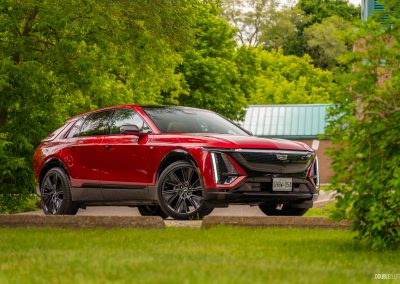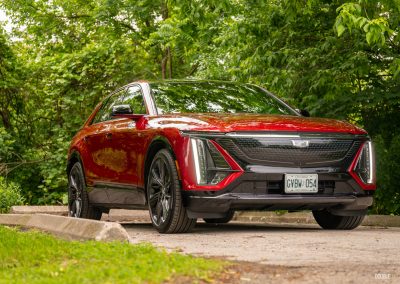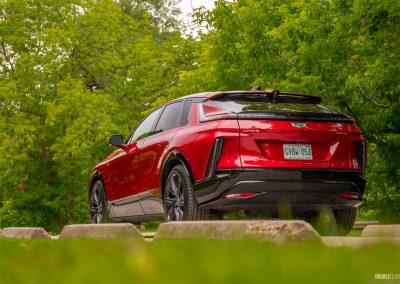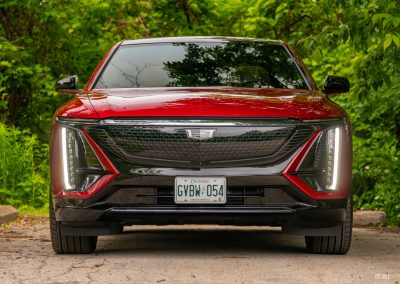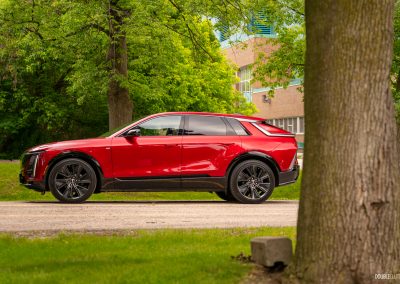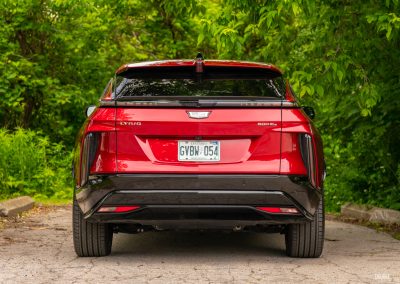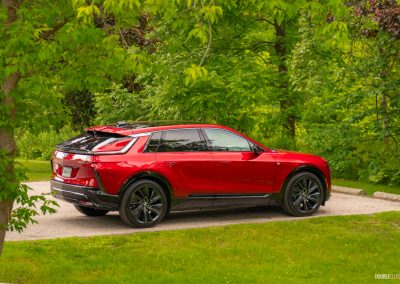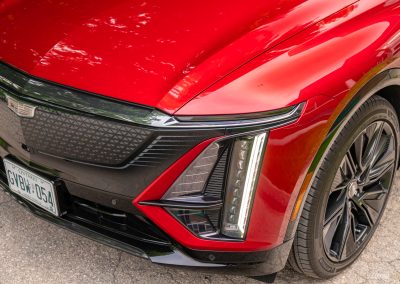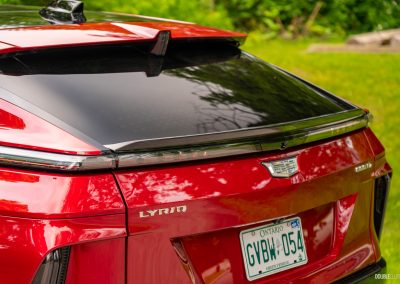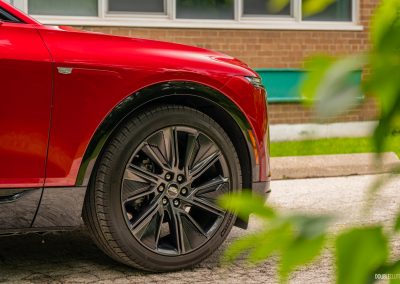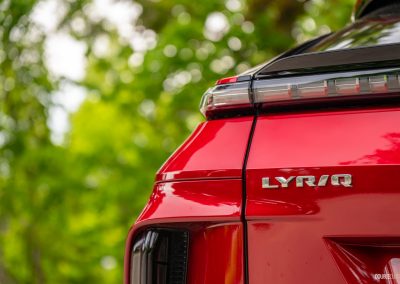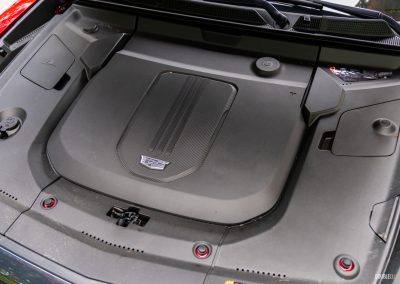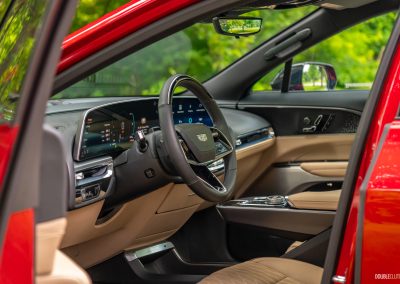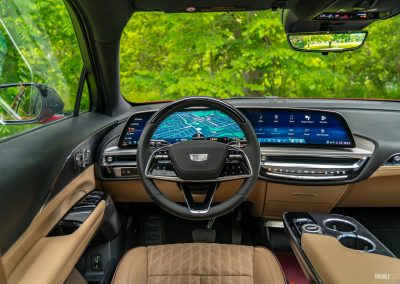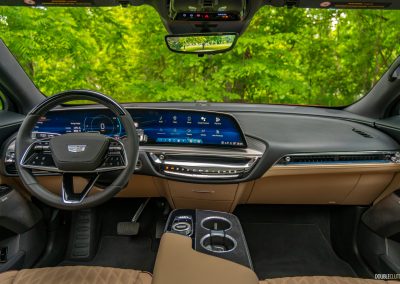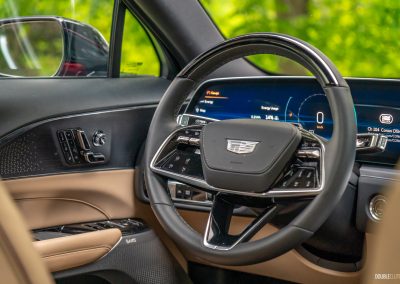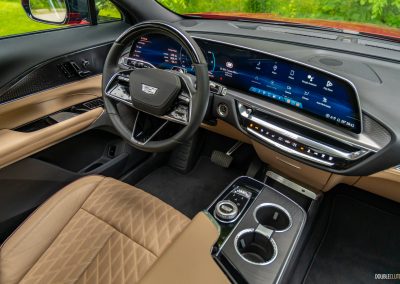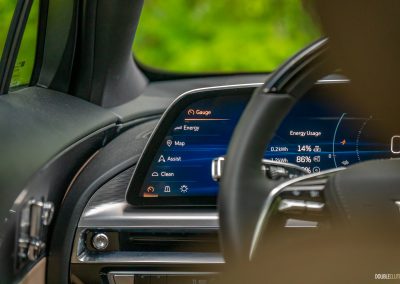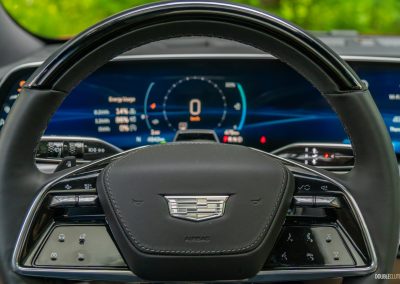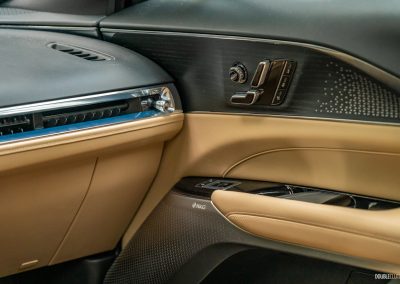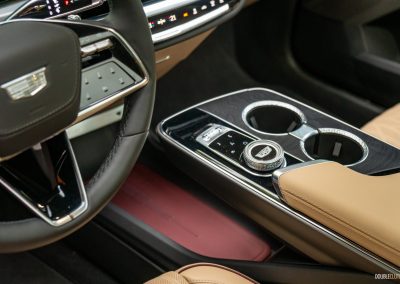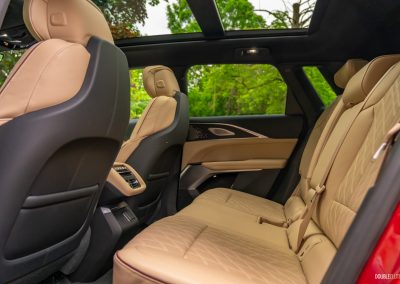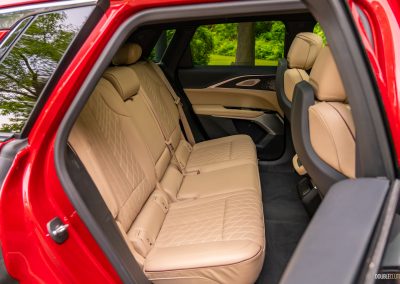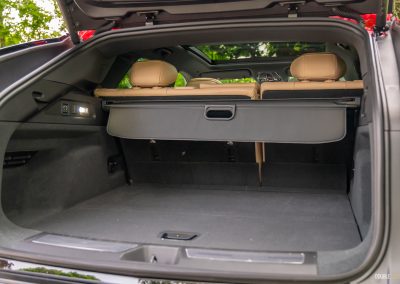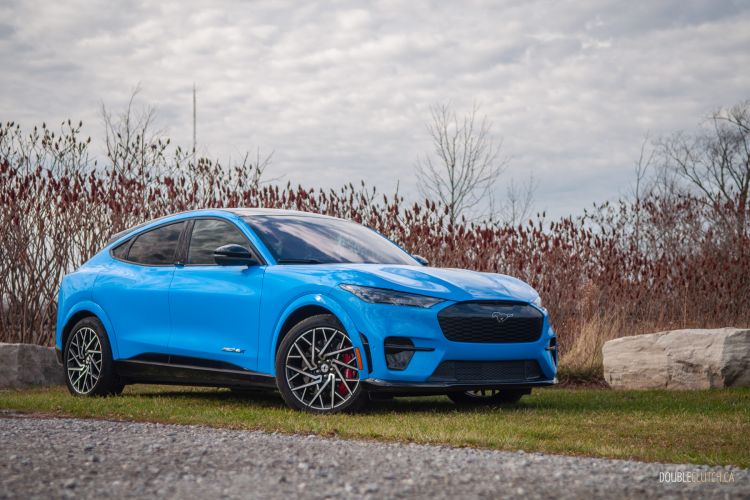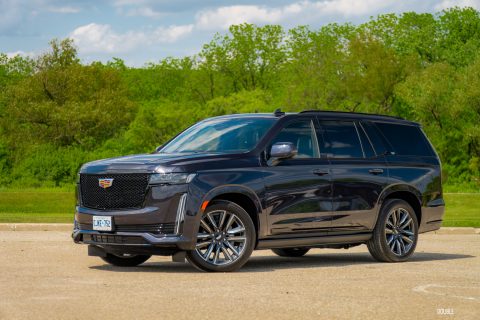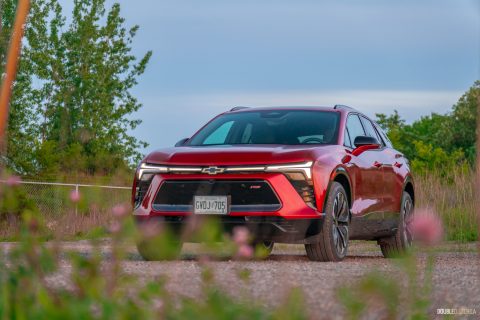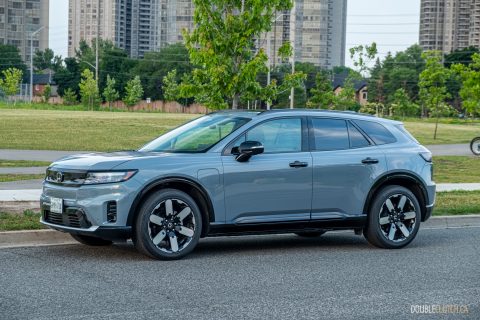A few years ago, when almost everyone in the car business scrambled to capitalize on the now-derailed EV train, if you were to ask automakers how they expected the scaling of battery production to work in the long term, they’d brush the question off. That part didn’t matter, just get a product on the ground and cash in now. General Motors was one of the only companies that quietly admitted that they didn’t know how it could work and be sustainable. It didn’t seem feasible; how prescient.
Now that they’ve had some time to figure it out, the 2024 Cadillac Lyriq is their answer. It exists on GM’s new Ultium electric vehicle architecture and battery technology shared with the Chevrolet Blazer EV, Honda Prologue, and Acura ZDX — as well as pretty much every other new and upcoming GM EV. It’s no secret GM has been beset with setback after setback, forcing them to revise production targets that ended up falling well short of what they were expecting by this time. But in case you haven’t noticed, they’ve pretty clearly got it figured out now. All of a sudden, Lyriqs and Blazers are everywhere.
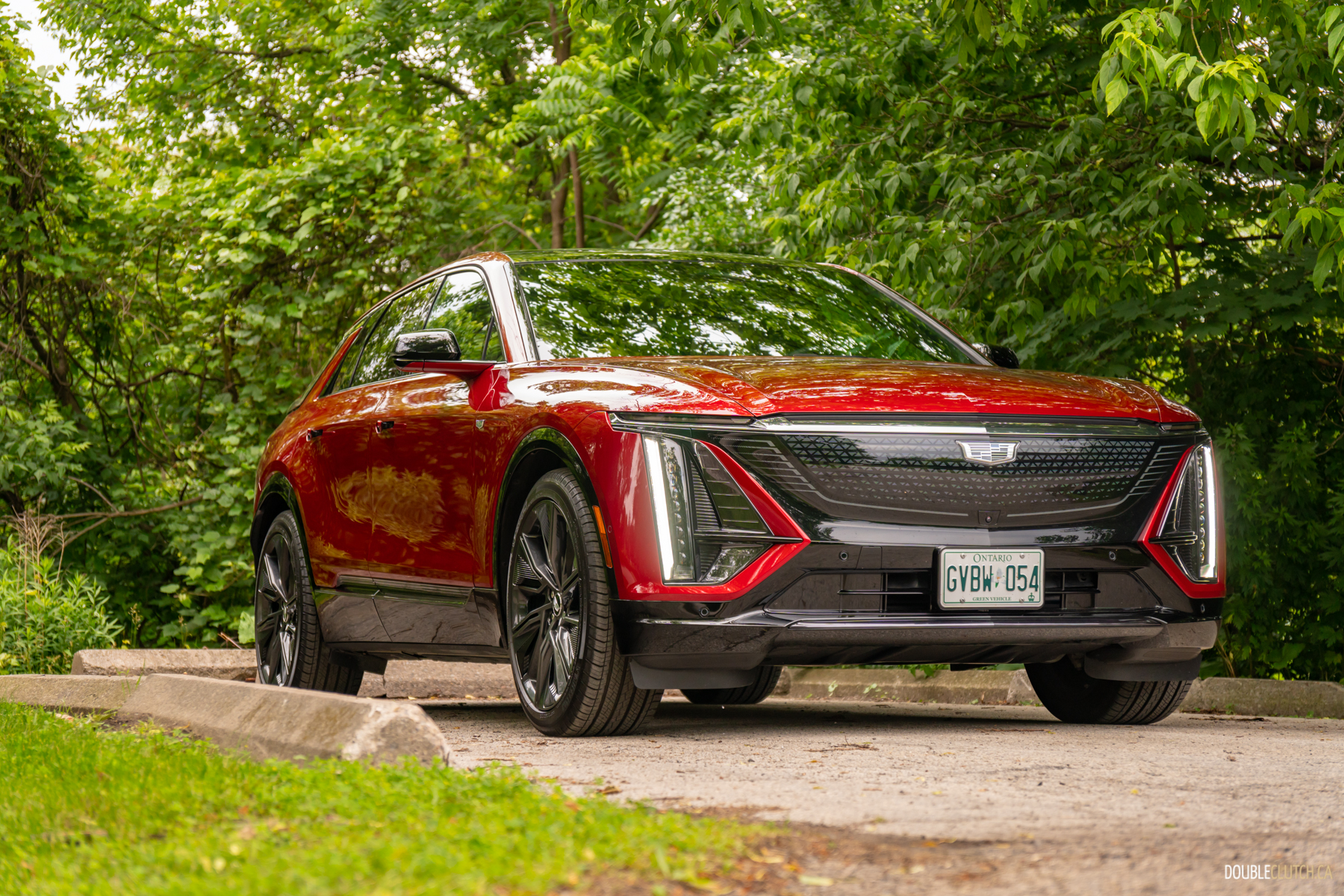
It’s hard not to notice them, as the Lyriq looks fantastic and has serious presence courtesy of its dramatic stance. It successfully marries Cadillac’s Art & Science design elements we’ve appreciated for decades with the futuristic style seemingly mandatory for EVs, all without being too dependent on gauche trends. It’s one of the rare designs that looks bigger than it actually is, a classic mark of successful style — old Benzes pulled this off, too — while avoiding looking so big as to be ostentatious.
The Lyriq looks big on the outside, and in a similar vein, it feels big on the inside. It’s spacious and airy, aided by a large panoramic moonroof to let light in, and a wraparound dashboard that emphasizes the inherent width of the Ultium-platform vehicles. The highlight of this design theme is the ultra-wide 33-inch display that makes up both the infotainment system and gauge cluster. It’s one of the most tasteful implementations of a huge screen on the market, with its subtle curvature and tapered ends.
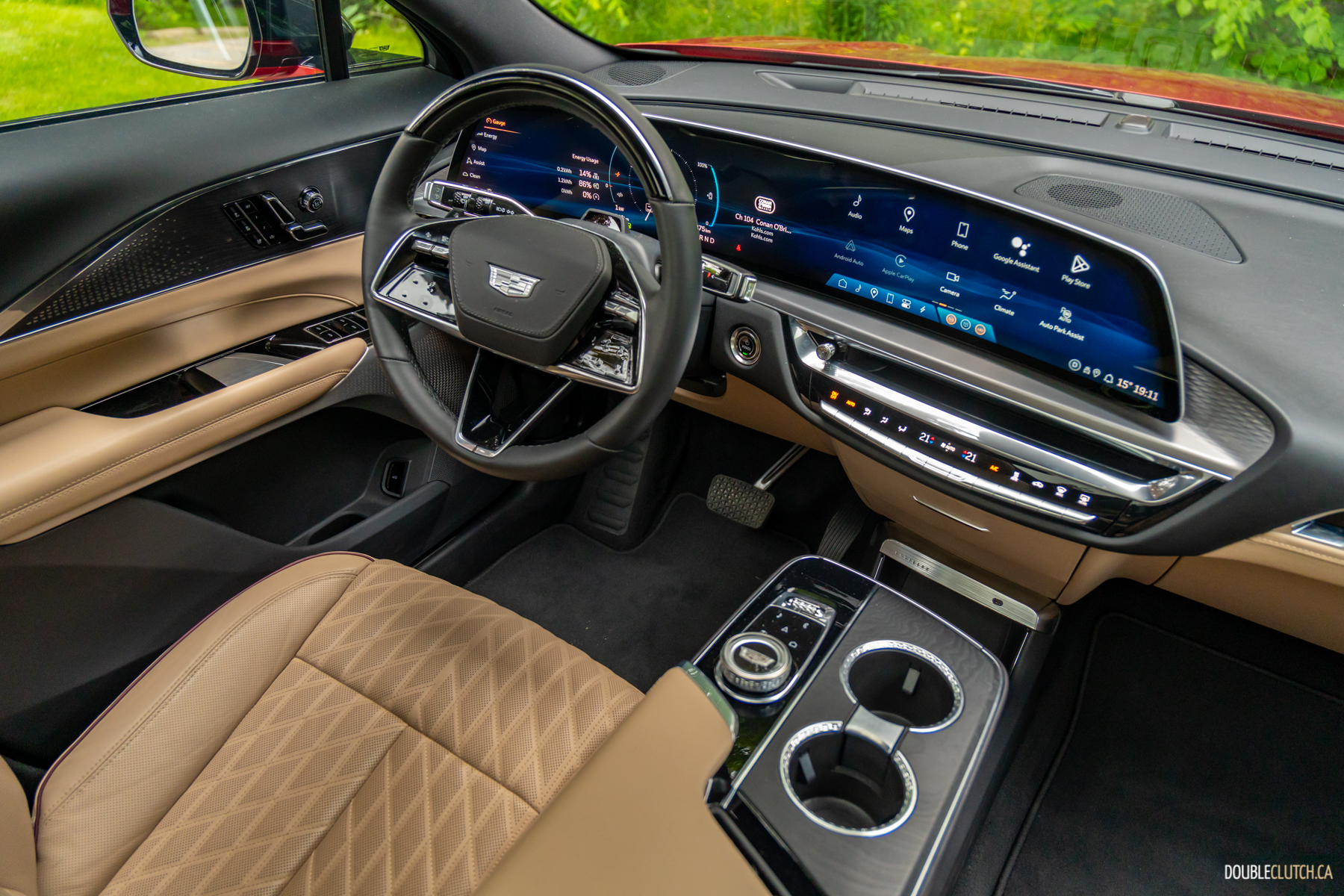
The software on said screen is Google-based, and Cadillac’s skin for it is clean and attractive. There’s a very healthy amount of muscle powering that screen, as every animation and application is slick and snappy, and the system benefits from Google’s incredibly powerful voice recognition. It’s very easy to use on its own, and the voice functions help make things even easier, particularly with navigating. Unlike the Blazer EV, the Lyriq gets standard wireless Android Auto and Apple CarPlay.
There’s a very healthy amount of muscle powering the Lyriq’s wheels, too. All are powered by a 102 kWh battery; base Lyriqs make do with a single electric motor between the rear wheels making 340 horsepower, but our upper-end tester benefits from an additional motor up front. It all adds up to 500 horsepower, 450 pound-feet of torque, and still over 500 kilometres of range. All this makes the Lyriq a markedly better performer than the front-biased Blazer EV RS we tested, although the chassis and driver controls are calibrated to favour leisure. The Lyriq may be fast, but it’s not exactly fun, which I’m fine with. A luxury vehicle weighing nearly three tons will never be a toy.
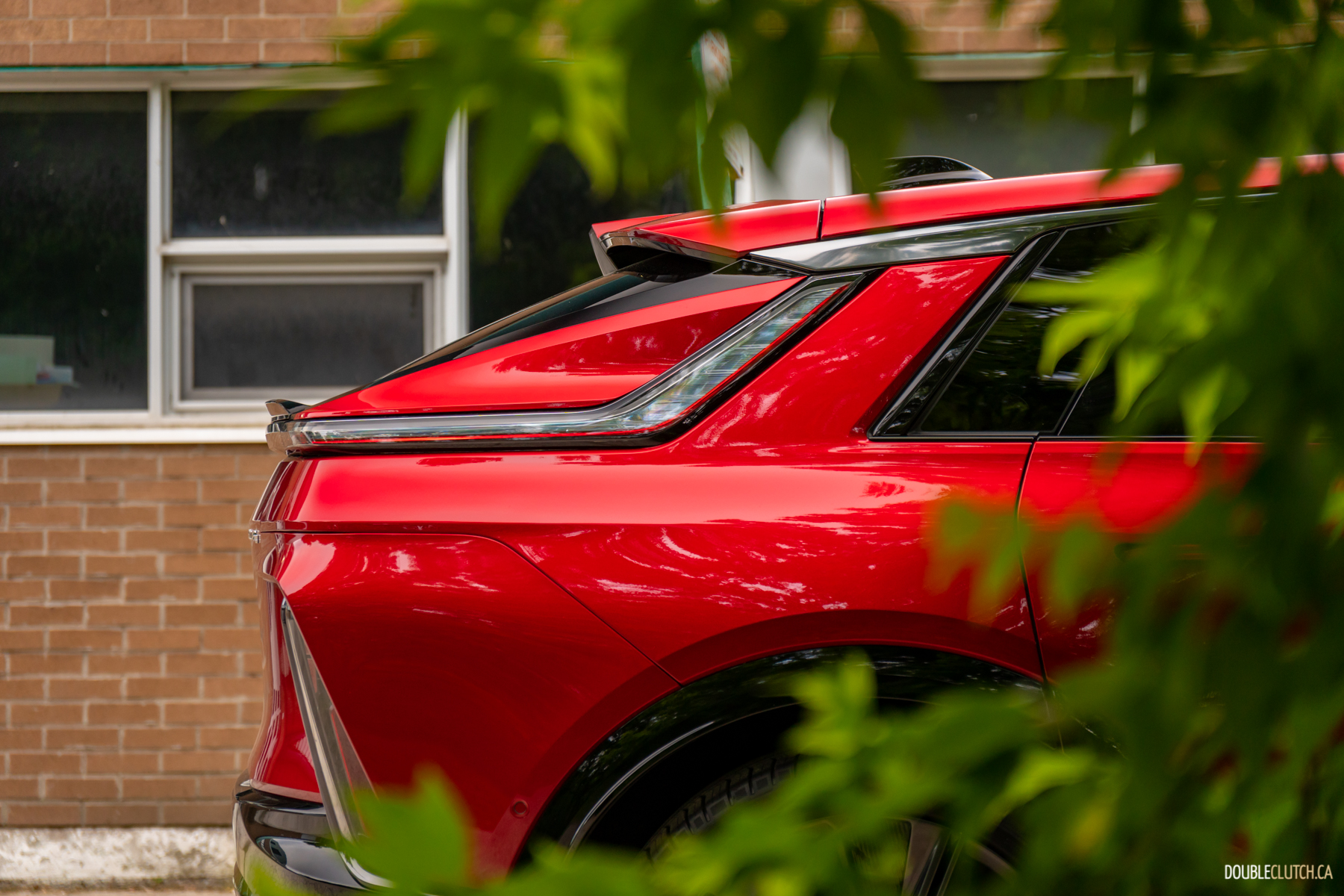
None of that means the Lyriq isn’t satisfying to helm. Cadillacs typically drive exceptionally well, and the Lyriq is no exception to the rule. You can tell they tried really hard to make the Lyriq a properly top-shelf product; not only does it show, it bleeds through to the other Ultium vehicles we’ve sampled so far. Everything is well-calibrated and feels like a composed, mature product. It doesn’t drive like a big golf cart; it feels like a proper car, carrying forward the lessons learned from making its V lineup feel so right while also incorporating the relaxed grandeur of an Eldorado.
GM’s Ultium project was to more or less usurp Tesla. Using GM’s monstrous industrial power and abyssal pockets of cash, the idea was to build new and/or retool existing plants to sell hundreds of thousands of new EVs, all using a new battery technology and modular platform also named Ultium, because it’s a cool name. The Ultium battery tech is the linchpin on which all of this is based; there’s a lot more to it, but in a nutshell, through tricky engineering and tidy packaging, they can generate the same levels of power delivery and energy storage as anyone else, while using a much smaller of amount of hideously expensive rare Earth minerals.
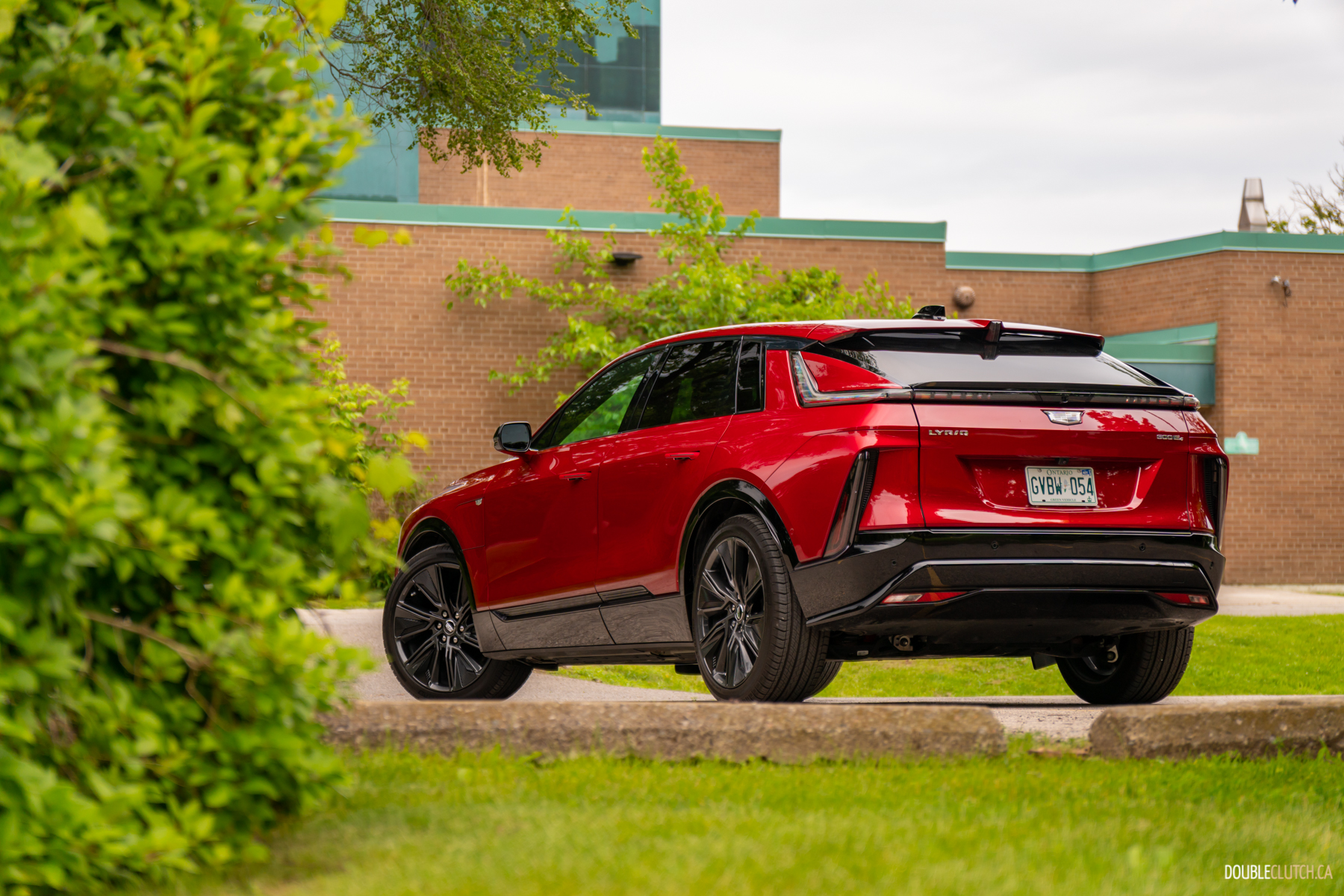
GM’s Ultium vehicles, like the Lyriq, have been hindered by a series of unfortunate setbacks that forced them to walk back their original expectations of 400,000 deliveries by the end of 2023. As of this writing, they’re at about one-tenth of that; software issues dogged development, and getting these very clever batteries to reliably float down production lines has been a major thorn in their side.
But it looks like they’re over the hump. It’s hard to not to notice how many of these are on the the road, as the 2024 Cadillac Lyriq is one of the most distinct EVs you can buy. It’s not hard to see why: they’re well thought-out, beautifully designed, practical, capable, drive well, and they’re pretty aggressively priced. It’s exactly what you’d expect from the only automaker honest enough to admit they weren’t sure how they were going to pull this off.

